AMD Radeon RX 9060 XT launches on June 5, starting at $299
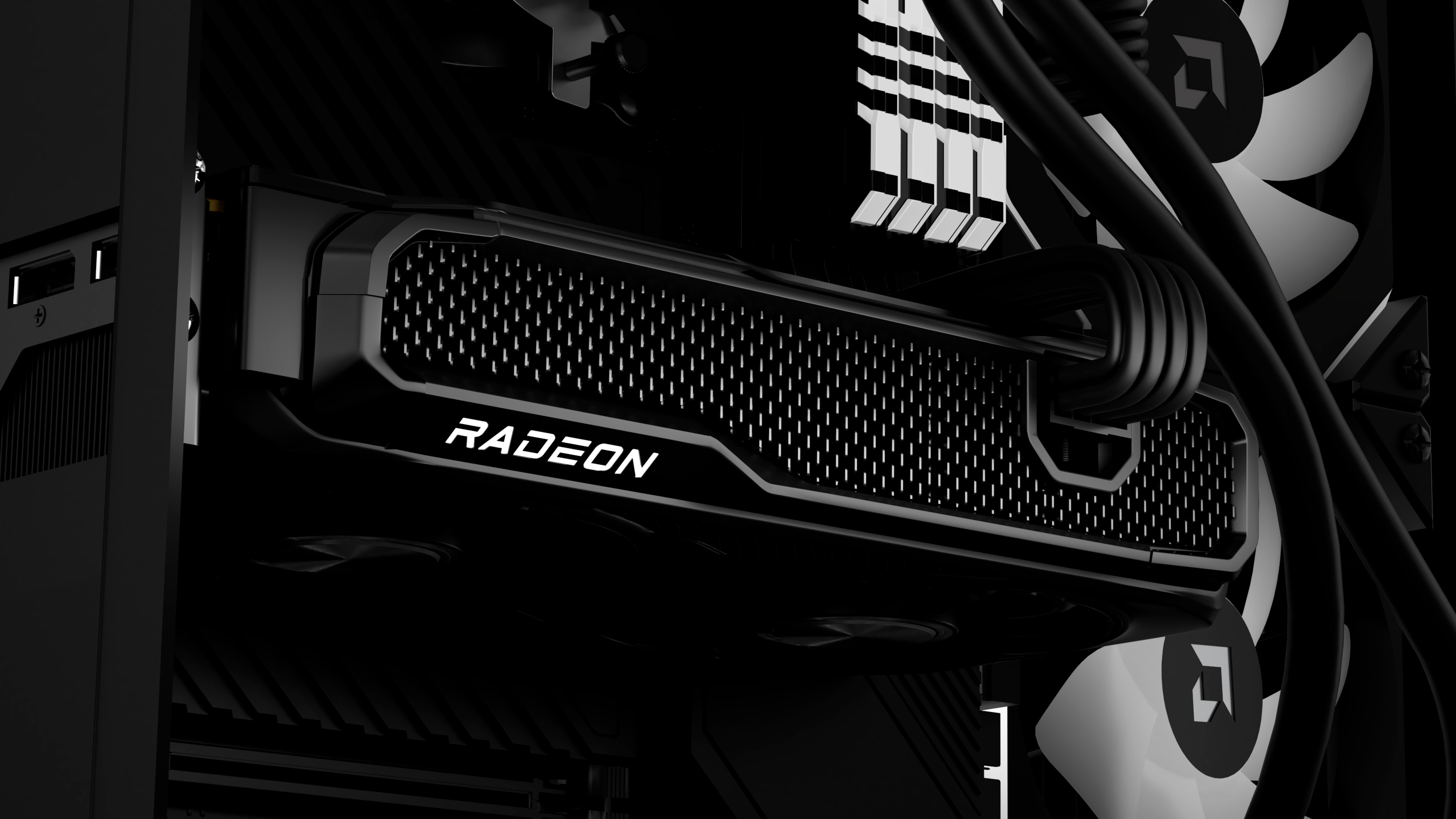
AMD has seized the opportunity presented by Computex 2025 to announce the chipmaker's third addition to the Radeon RX 9000 series. The newly unveiled Radeon RX 9060 XT complements the previously released Radeon RX 9070 and Radeon RX 9070 XT, strengthening AMD's RDNA 4 gaming portfolio to compete with the best graphics cards.
The Radeon RX 9060 XT serves as the successor to the Radeon RX 7600 XT, which was introduced in January 2024. Although it has only been a little less than a year and a half since the previous RDNA 3 graphics card has been out, the release of Nvidia's GeForce RTX 5060 Ti, coupled with the recent coming of the GeForce RTX 5060, means AMD needs a contender to compete within that market segment. Thus, the Radeon RX 9060 XT couldn't have arrived at a better time.
AMD provided renders of the Radeon RX 9060 XT solely for artistic and illustration purposes. Similar to the Radeon RX 9700 series situation, AMD isn't releasing any reference or MBA (Made by AMD) Radeon RX 9060 XT cards. However, the chipmaker's partners will offer reference-clocked models that should stick to or close to the MSRP.
Up until this point, AMD has been using the Navi 48 silicon for its Radeon RX 9070-series graphics cards; however, given the Navi 48's size and the Radeon RX 9060 XT's lower specifications, it wouldn't be a wise business decision to use the aforementioned silicon. Instead, AMD has introduced a smaller piece of RDNA 4 silicon shaped like Navi 44. As a result, the Radeon RX 9060 XT is the first SKU to leverage this silicon, and it probably won't be the last.
The Radeon RX 9060 XT transitions to a complete PCIe 5.0 x16 interface, opposite the Radeon RX 7600 XT, which was restricted to a PCIe 4.0 x8. For the past couple of generations, AMD has used the x8 interface for its Radeon RX x600-series graphics cards, such as the Radeon RX 7600 XT or Radeon RX 6600 XT. These SKUs typically use smaller silicon, and sometimes even silicon for mobile graphics cards, so a x16 interface usually doesn't offer substantial benefits. However, the latest GeForce RTX 5060 Ti 8GB debacle has shown up to a 10% performance hit when used on a PCIe 4.0 interface. Sticking with an x16 interface for the Radeon RX 9060 XT is a sound move.

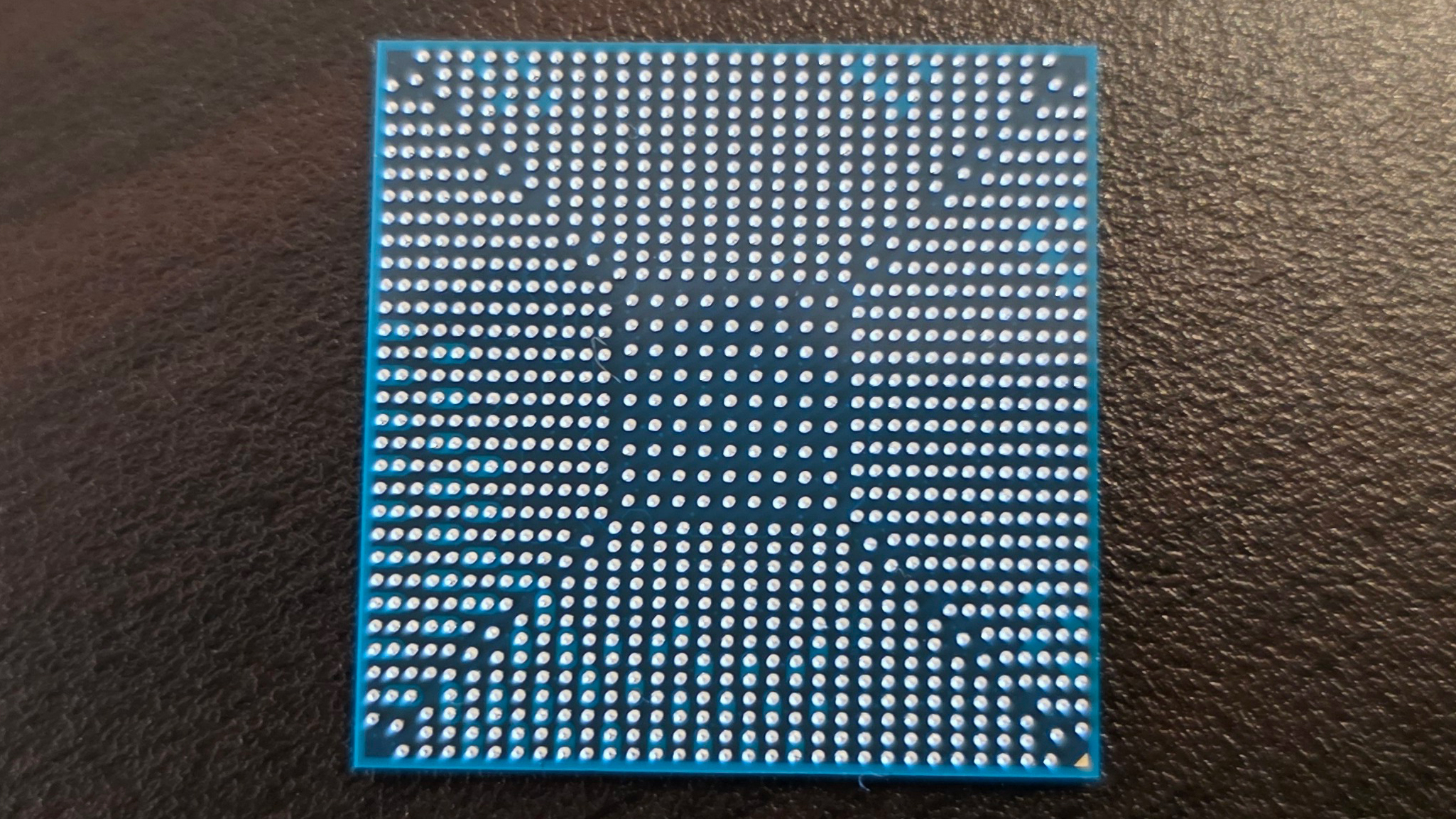
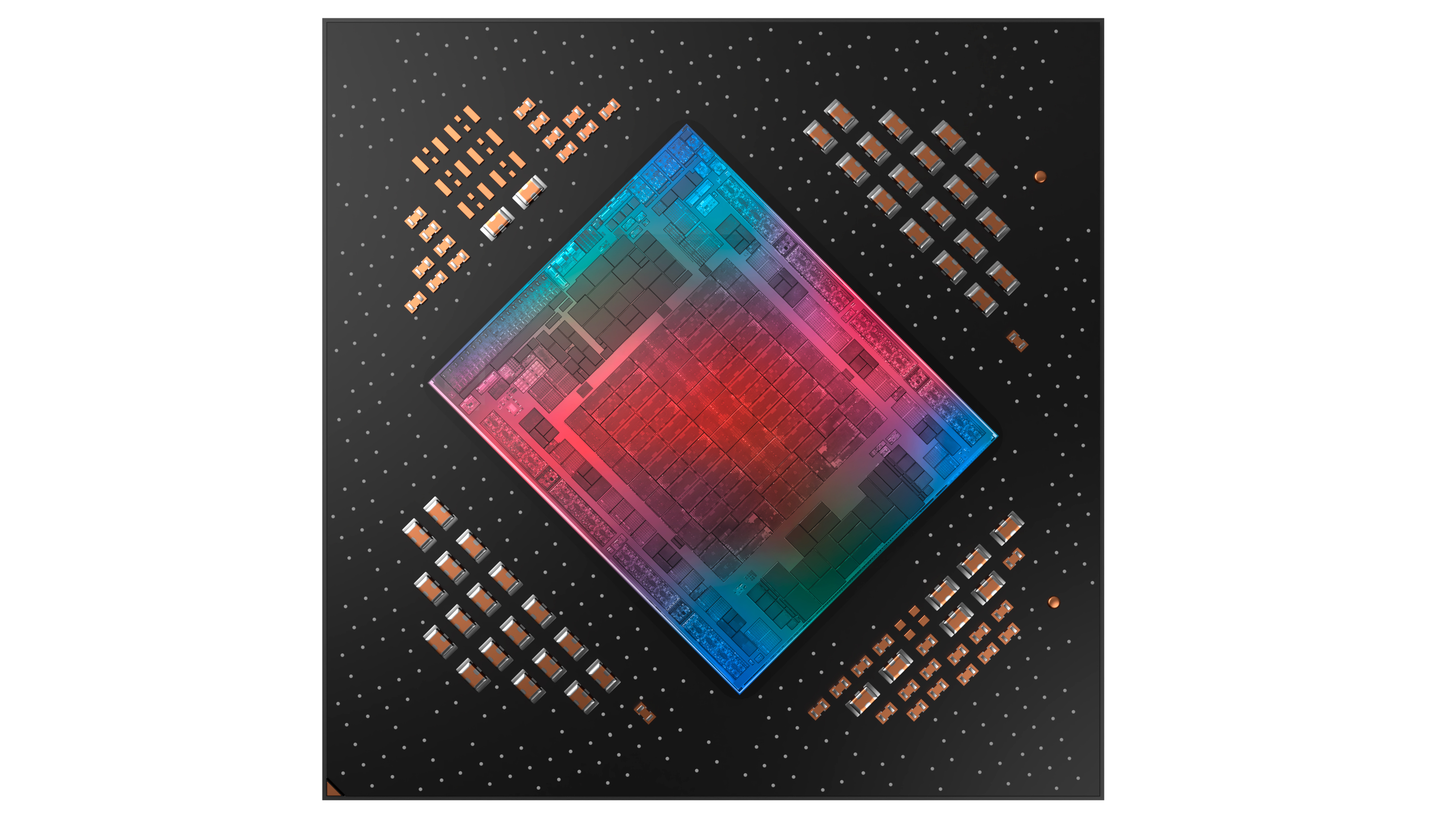
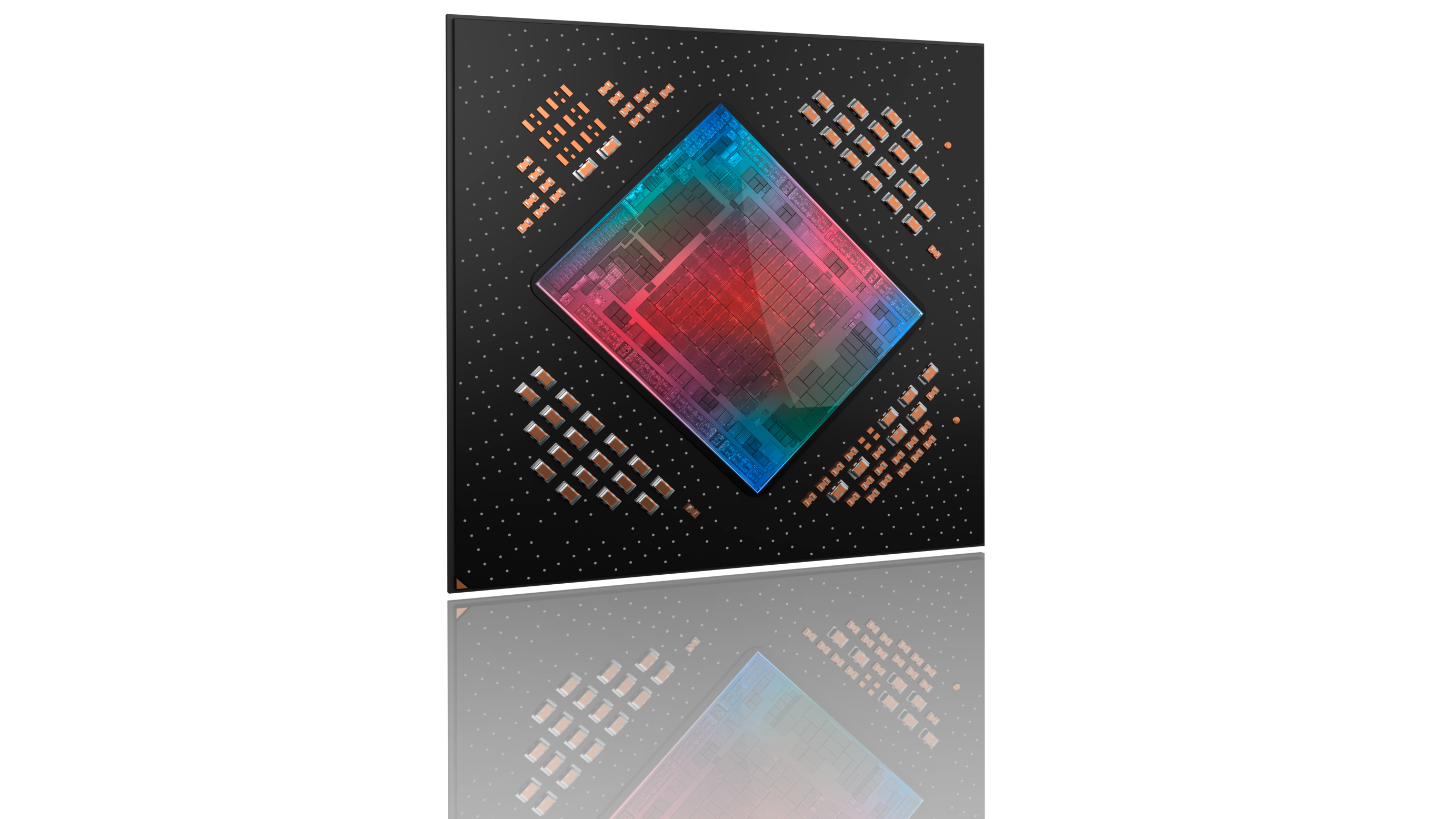
Navi 44 shares characteristics similar to Navi 48 in design and manufacturing processes. AMD's new silicon continues to sport a monolithic design and is manufactured using the same TSMC's N4P (4nm) FinFET process node. The Navi 44 silicon has a die size of 199 mm² with up to 29.7 billion transistors.
In contrast, Navi 33, which is used in the current Radeon RX 7600 XT, is built on TSMC's N6 (6nm) FinFET process. The silicon for Navi 33 is 204 mm² and contains up to 13.3 billion transistors, resulting in a density of 65.2 million transistors per mm². AMD decreased the die size of Navi 44 by approximately 2% relative to Navi 33, which is not a major reduction. However, Navi 44's transistor count has substantially improved, housing up to 2.2X more transistors than Navi 33. It works out to an impressive density of 149.2 million transistors per mm².
Get Tom's Hardware's best news and in-depth reviews, straight to your inbox.
In addition to enhancing performance and transistor count, TSMC's N4P FinFET manufacturing process also boasts improvements in power efficiency. However, we'll have to wait for a full review of the Radeon RX 9060 XT to measure how efficient the graphics card is compared to the Radeon RX 7600 XT.
AMD Radeon RX 9060 XT Specifications
Graphics Card | Radeon RX 9060 XT | Radeon RX 7600 XT |
|---|---|---|
Architecture | Navi 44 | Navi 33 |
Process Technology | TSMC N4P | TSMC N6 |
Transistors (Billion) | 29.7 | 13.3 |
Die size (mm²) | 199 | 204 |
SMs / CUs | 32 | 32 |
GPU Shaders (ALUs) | 2,048 | 2,048 |
Tensor / AI Cores | 64 | 64 |
Ray Tracing Cores | 32 | 32 |
Boost Clock (MHz) | 3,130 | 2,755 |
VRAM Speed (Gbps) | 20 | 18 |
VRAM (GB) | 8 / 16 | 16 |
VRAM Bus Width | 128-bit | 128-bit |
L2 / Infinity Cache (MB) | 32 | 32 |
Render Output Units | 64 | 64 |
Texture Mapping Units | 128 | 128 |
TFLOPS FP32 (Boost) | 25.6 | 22.6 |
TFLOPS FP16 (INT4/FP4 TOPS) | 51.3 | 45.2 |
Bandwidth (GB/s) | 320 | 288 |
TBP (watts) | 150 (8GB) / 160 (16GB) | 190 |
Launch Date | June 2025 | January 2024 |
Launch Price | $299 (8GB) / $349 (16GB) | $329 |
The Radeon RX 9060 XT utilizes the full Navi 44 silicon, thus having access to all 32 Compute Units (CUs) equivalent to 2,048 Stream Processors (SPs). That's the exact core specifications as the Radeon RX 7600 XT. Therefore, the Radeon RX 9060 XT's performance uplift comes from the prowess of the new RDNA 4 CUs.
The graphics card also has 32 third-generation Ray Tracing cores, which can double the throughput compared to the second-generation counterparts inside the Radeon RX 7600 XT. Meanwhile, the 64 onboard second-generation AI accelerators can deliver up to 821 TOPS.
The Radeon RX 9060 XT boasts a 3,130 MHz boost clock, even higher than the Radeon RX 9070 series. Compared to its predecessor, the Radeon RX 9060 XT has a 14% higher boost clock speed, translating to around 13% higher FP32 performance on paper.
According to AMD's provided gaming benchmarks, the Radeon RX 9060 XT 16GB is up to 6% faster than the GeForce RTX 5060 Ti 8GB across 40 tested titles at 1440p (2560x1440) resolution with Ultra settings. AMD's selection does raise some eyebrows. It would have been a fairer comparison if the chipmaker had used the 16GB variant of the GeForce RTX 5060 Ti instead of the 8GB variant.
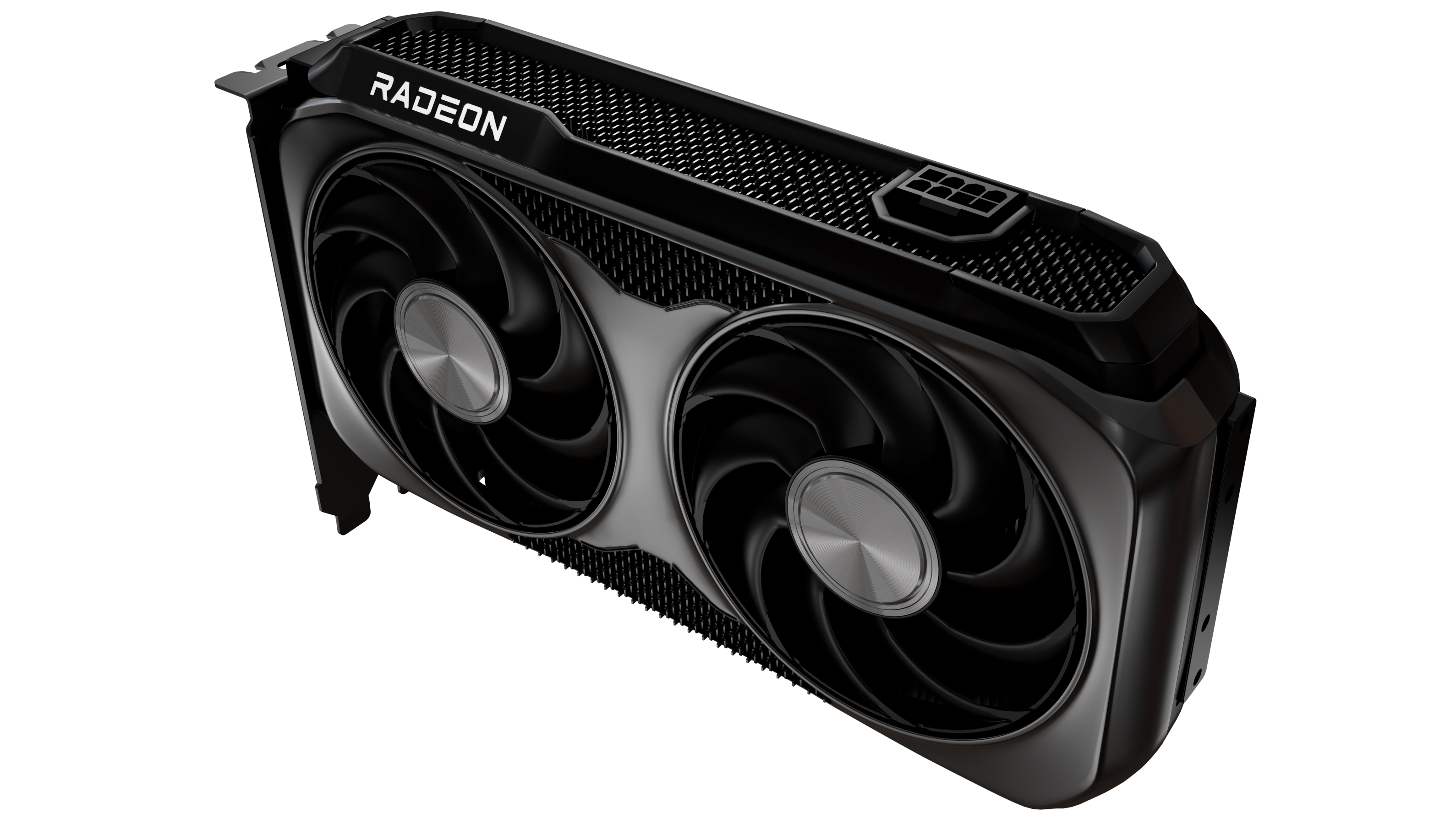
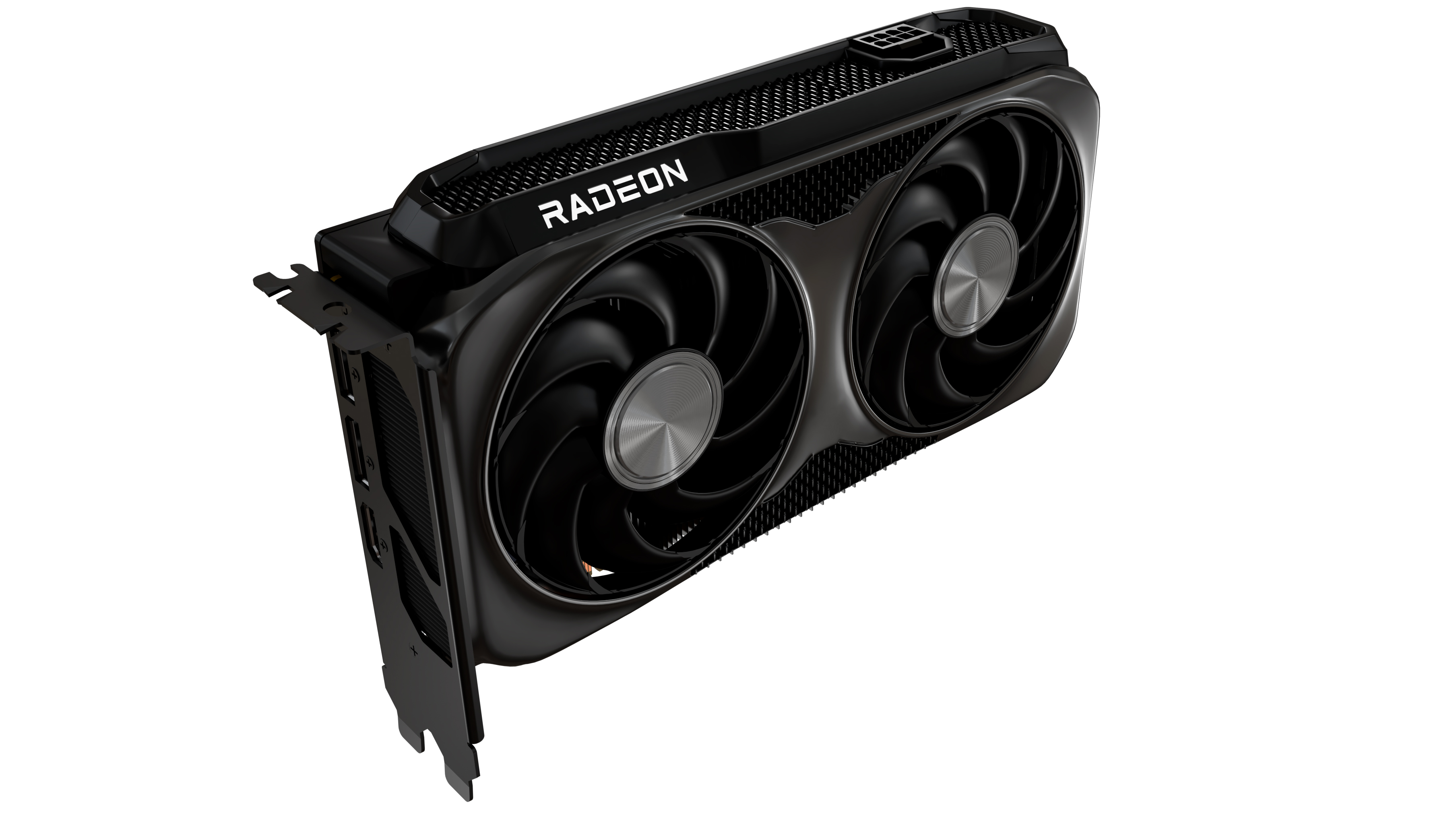
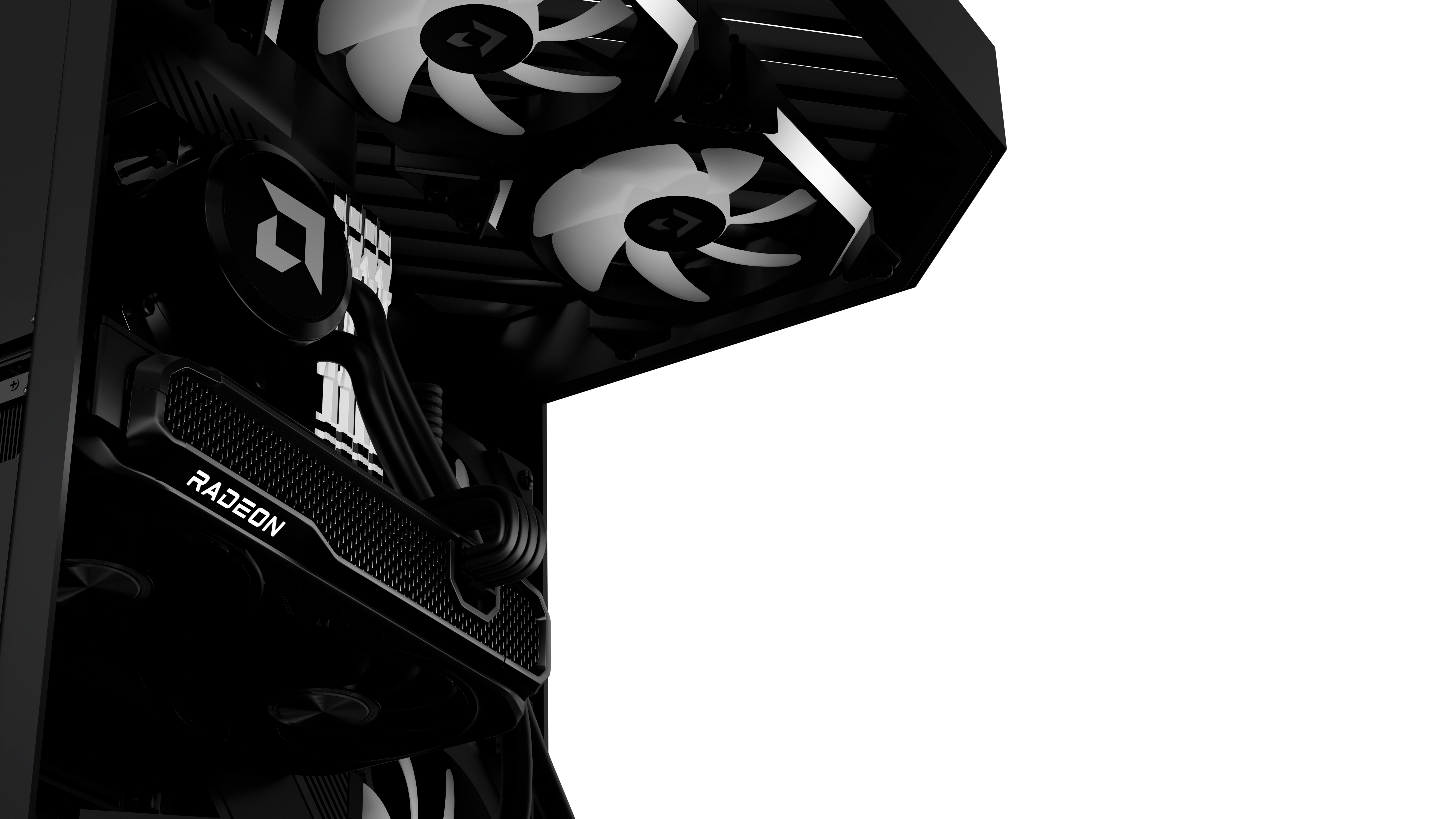
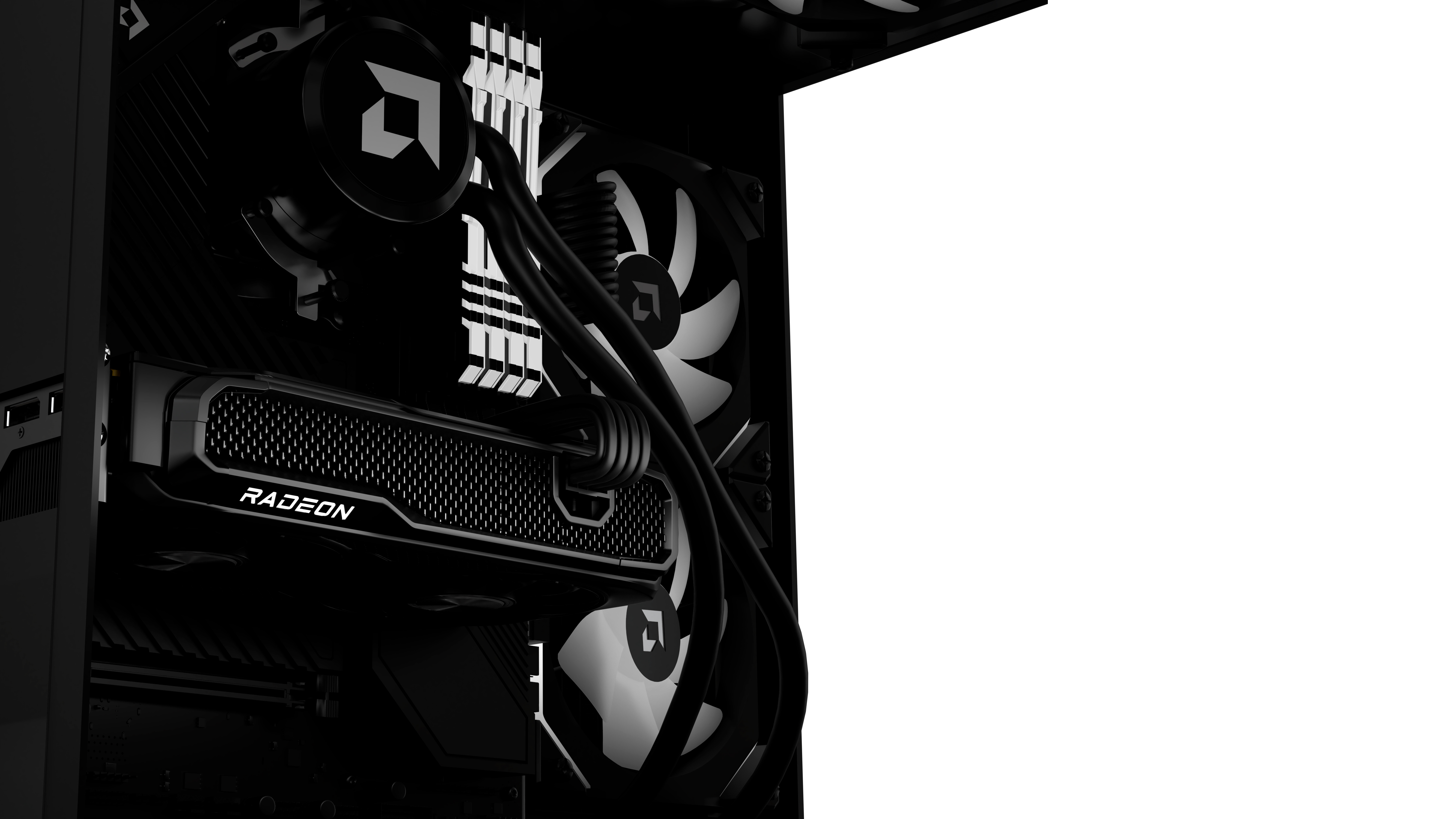
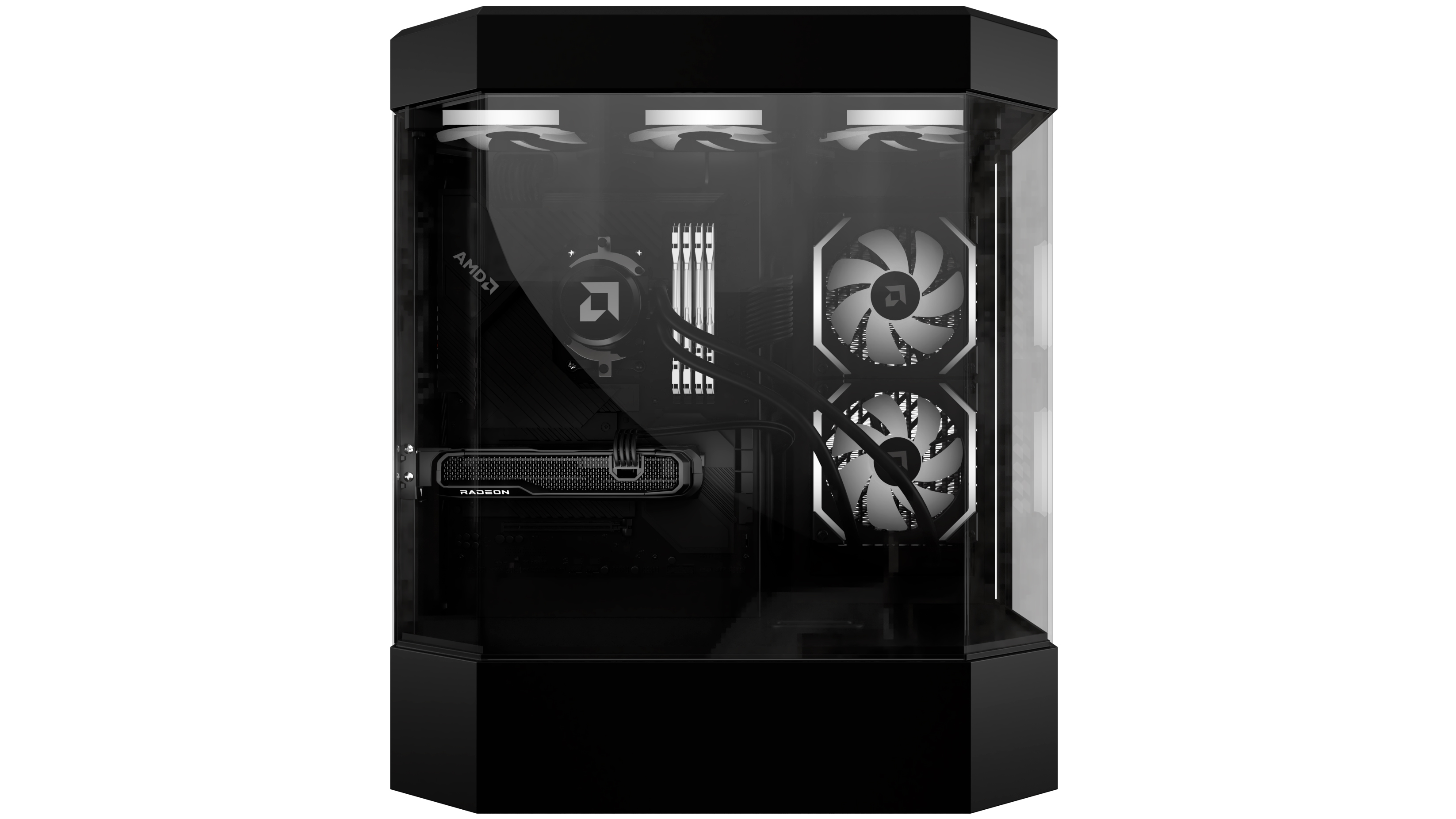
In contrast to the Radeon RX 7600 XT, which was only available with 16GB of GDDR6 memory, AMD offers the Radeon RX 9060 XT in 8GB and 16GB flavors. Regardless of the variant, the memory operates at 20 Gbps across a 128-bit interface. The Radeon RX 9060 XT delivers a memory bandwidth of up to 320 GB/s, 11% more than the existing Radeon RX 7600 XT. Meanwhile, the capacity of Infinity Cache remains the same on the Radeon RX 9060 XT.
The Radeon RX 9060 XT's TBP (Total Board Power) varies between the 8GB and 16GB models. The former is rated for 150W, and the latter is slightly higher at 160W. They're 21% and 16% lower than the Radeon RX 7600 XT, respectively. In any event, gamers can rest easy as the Radeon RX 9060 XT only employs a single 8-pin PCIe power connector.
RDNA 4 has permitted the Radeon RX 9060 XT to feature upgraded display outputs. It offers DisplayPort 2.1a and HDMI 2.1b support, contrary to the Radeon RX 7600 XT's DisplayPort 2.1 and HDMI 2.1a. The Radeon RX 9060 XT only provides two DisplayPort 2.1a outputs and a single HDMI 2.1 port, one less DisplayPort 2.1a output than the Radeon RX 9070 series.
FidelityFX Super Resolution 4 (FSR 4) launched alongside the Radeon RX 9000 series with initial support for 30 games. AMD expects the list to extend beyond 60 by the Radeon RX 9060 XT's launch date. The chipmaker is also preparing FSR Redstone, powered by machine learning, for a 2H launch. FSR Redstone will bring some cool features, such as neural radiance caching, machine learning ray regeneration, and machine learning frame generation.
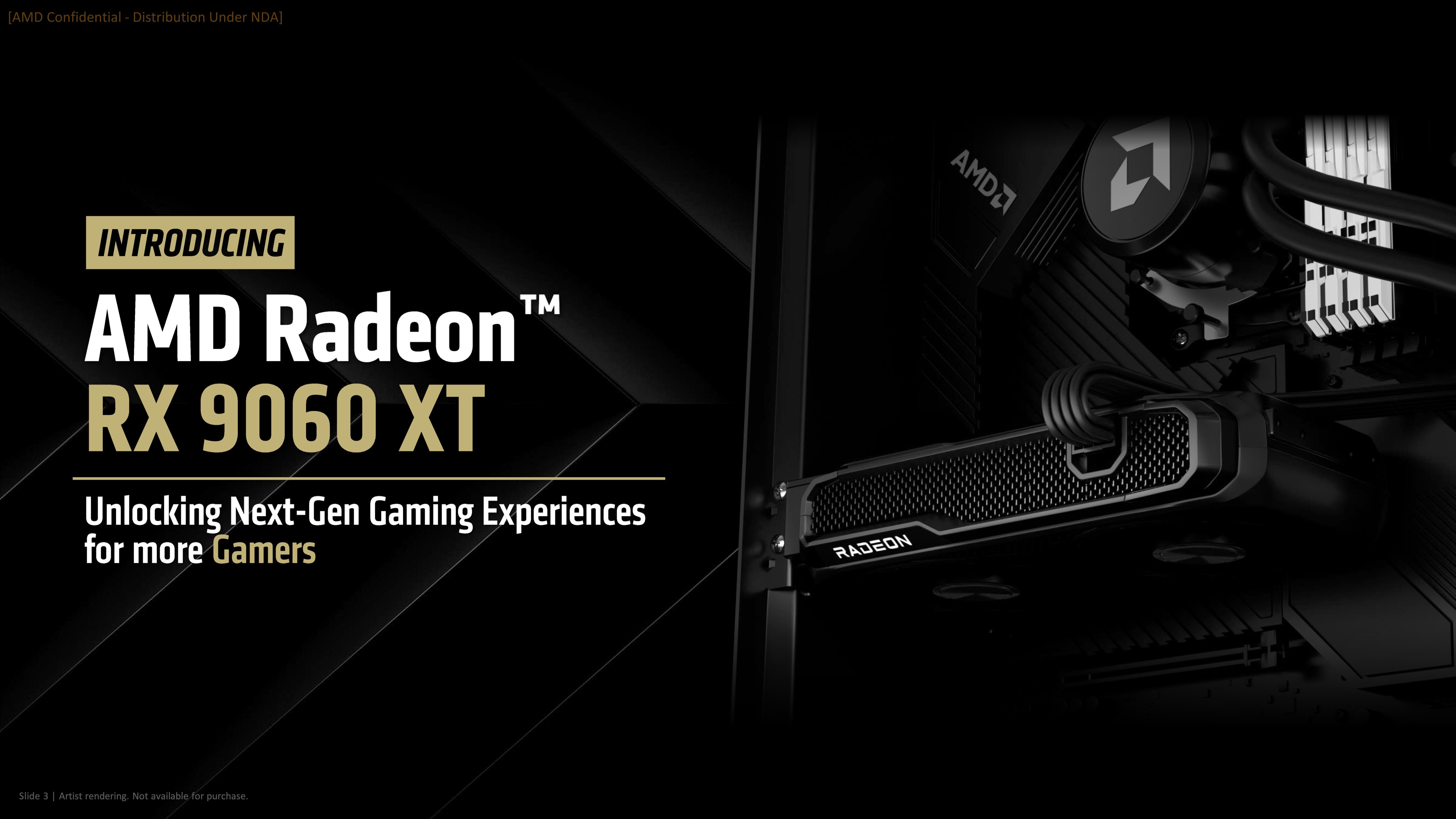
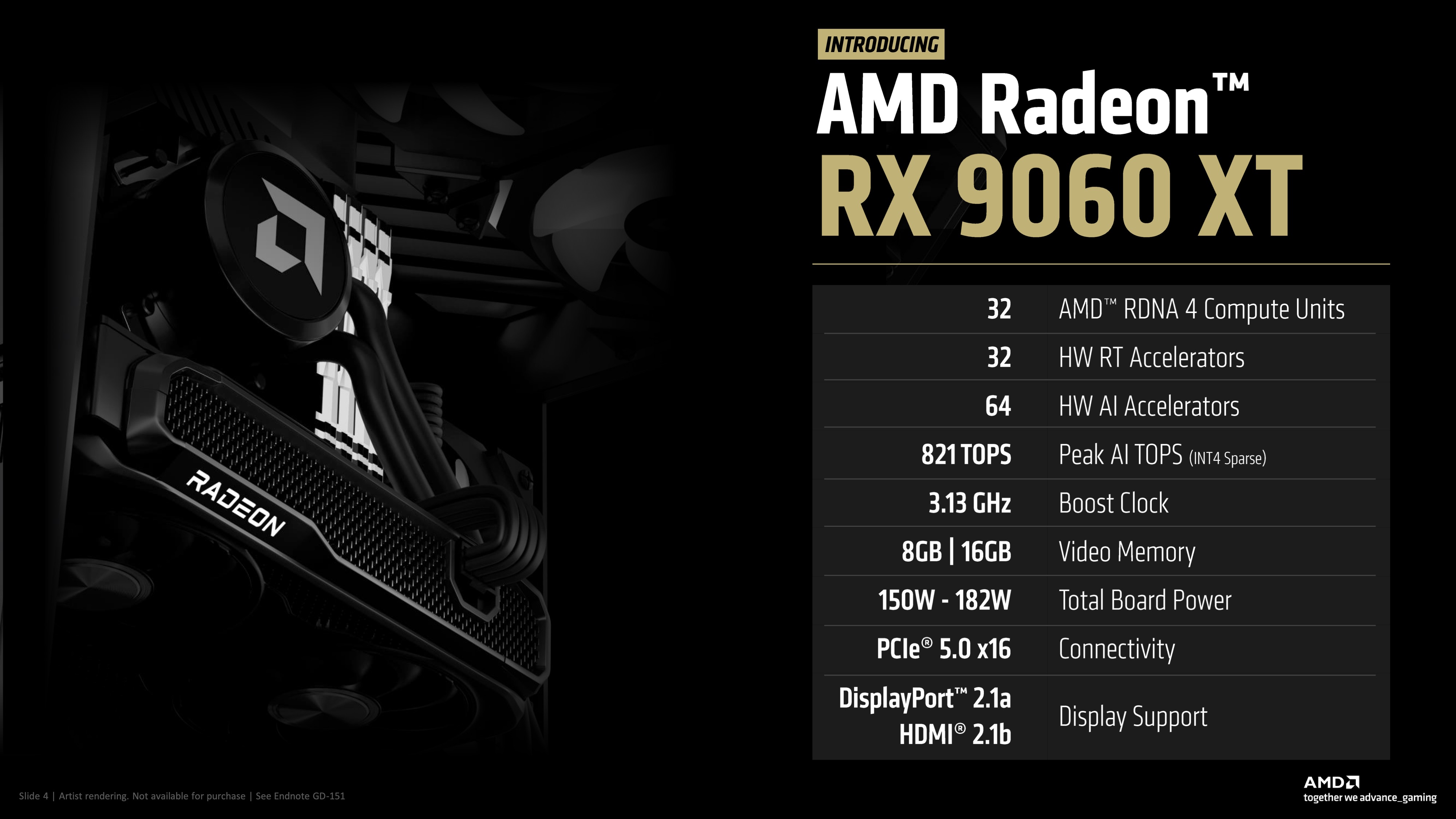
The Radeon RX 9060 XT is available in 8GB and 16GB versions, priced at $299 and $349, respectively. The 8GB model is 9% less expensive than the Radeon RX 7600 XT, whereas the 16GB model costs just 6% more.
AMD is positioning the Radeon RX 9060 XT 16GB, priced at $349, against the GeForce RTX 5060 Ti 8GB, which is priced at $379. Consequently, the former features a price that is 8% lower. By AMD's estimate, the Radeon RX 9060 XT 16GB, on average, seemingly offers gamers 15% better gaming performance per dollar compared to the GeForce RTX 5060 Ti 8GB.
The Radeon RX 9060 XT will be available on June 5. You can expect a diverse offering of custom models from vendors such as Acer, ASRock, Asus, Gigabyte, PowerColor, Sapphire, Yeston, and XFX.
Follow Tom's Hardware on Google News to get our up-to-date news, analysis, and reviews in your feeds. Make sure to click the Follow button.

Zhiye Liu is a news editor, memory reviewer, and SSD tester at Tom’s Hardware. Although he loves everything that’s hardware, he has a soft spot for CPUs, GPUs, and RAM.
- Paul AlcornEditor-in-Chief
-
AlistairAB NVidia launches $300 8GB GPU. Everyone is mad.Reply
AMD launches $300 8GB GPU. I guess I just shrug? Buy NVidia then?
never stop losing AMD.... really disappointed, they are the same
I am mad about NVidia's behavior, but it isn't like I had a choice, the 5070 Ti was the same price in Canada as the 9070 XT, why would I buy AMD then? -
AlistairAB The 9060 XT 16GB is a $20 price increase over the 16GB 7600 XT it replaces. Not impressed.Reply -
thestryker Assuming AMD's performance slides are accurate the $349 price is pretty good. A video card with 8GB VRAM at $299 is still bad. I feel like they should have either canceled the 8GB model entirely or limited the performance and dropped the price by another $50 and called it a 9060.Reply -
hotaru251 ReplySimilar to the Radeon RX 9700 series situation, AMD isn't releasing any reference or MBA (Made by AMD) Radeon RX 9060 XT cards. However, the chipmaker's partners will offer reference-clocked models that should stick to or close to the MSRP.
ahh yes becasue that worked 1st time right?
they launch a handful of units of MSRP cards and 90% of the stock is much higher.
If there is no 1st party selelr at MSRP WHY do you think the 3rd party vendors would keep those prices when they know people will buy em regardless of price because ....you need a gpu? its us of green guys and we same price.
the Radeon RX 9060 XT 16GB is up to 6% faster than the GeForce RTX 5060 Ti 8GB across 40 tested titles at 1440p (2560x1440) resolution with Ultra settings
you mean 1440p where the 8gb likely wasnt enoguh for the games?
I mean the 5060 ti 8gb lost to the Intel gpu for exact same reason.
8GB is NOT enough in 2025. -
Notton Reply
Please provide examples of people saying a $300 8GB AMD card is good, because I ain't seeing anyone say that.AlistairAB said:NVidia launches $300 8GB GPU. Everyone is mad.
AMD launches $300 8GB GPU. I guess I just shrug? Buy NVidia then?
never stop losing AMD.... really disappointed, they are the same
I am mad about NVidia's behavior, but it isn't like I had a choice, the 5070 Ti was the same price in Canada as the 9070 XT, why would I buy AMD then?
It's mostly "$350 16GB sounds great, skip the 8GB model" -
ohio_buckeye Can’t say I watched the coverage but imo why are we even bothering with 8gb cards now? Should be 10-12gb minimum.Reply -
Cliff3.141592653589793238 I'm looking forward to buying a non melting down power connector. Especially after two generations of failed power connections.Reply -
AlistairAB Reply
You wrote a comment in response to a misrepresentation of what I said, did you read my comment? I never said it is good. I said -"shrug" buy NVidia then- which clearly implies AMD is also badNotton said:Please provide examples of people saying a $300 8GB AMD card is good, because I ain't seeing anyone say that.
It's mostly "$350 16GB sounds great, skip the 8GB model" -
ohio_buckeye Reply
Right. I did buy a 5060ti 16gb, hey it was actually at msrp, one of the few I’ve ever seen at that price. But my card uses the old 8 pin power connector. I get wanting cards to look sleek like a sports car but after they saw how many issues there were with the proprietary 16 connectors, why keep pushing them? Really why ever go away from the 8 pin to begin with? Those have been around at least 10 years or more I think and by and large they just work as expected. Why change things they didn’t need to change?Cliff3.141592653589793238 said:I'm looking forward to buying a non melting down power connector. Especially after two generations of failed power connections. -
usertests Reply
AMD's 8 GB GPU will offer better performance than Nvidia's at the same MSRP, also delivering an x16 PCIe interface that will make it a better choice to upgrade old PCIe 3.0 systems.AlistairAB said:NVidia launches $300 8GB GPU. Everyone is mad.
AMD launches $300 8GB GPU. I guess I just shrug? Buy NVidia then?
never stop losing AMD.... really disappointed, they are the same
They are only the same if you ignore the details.